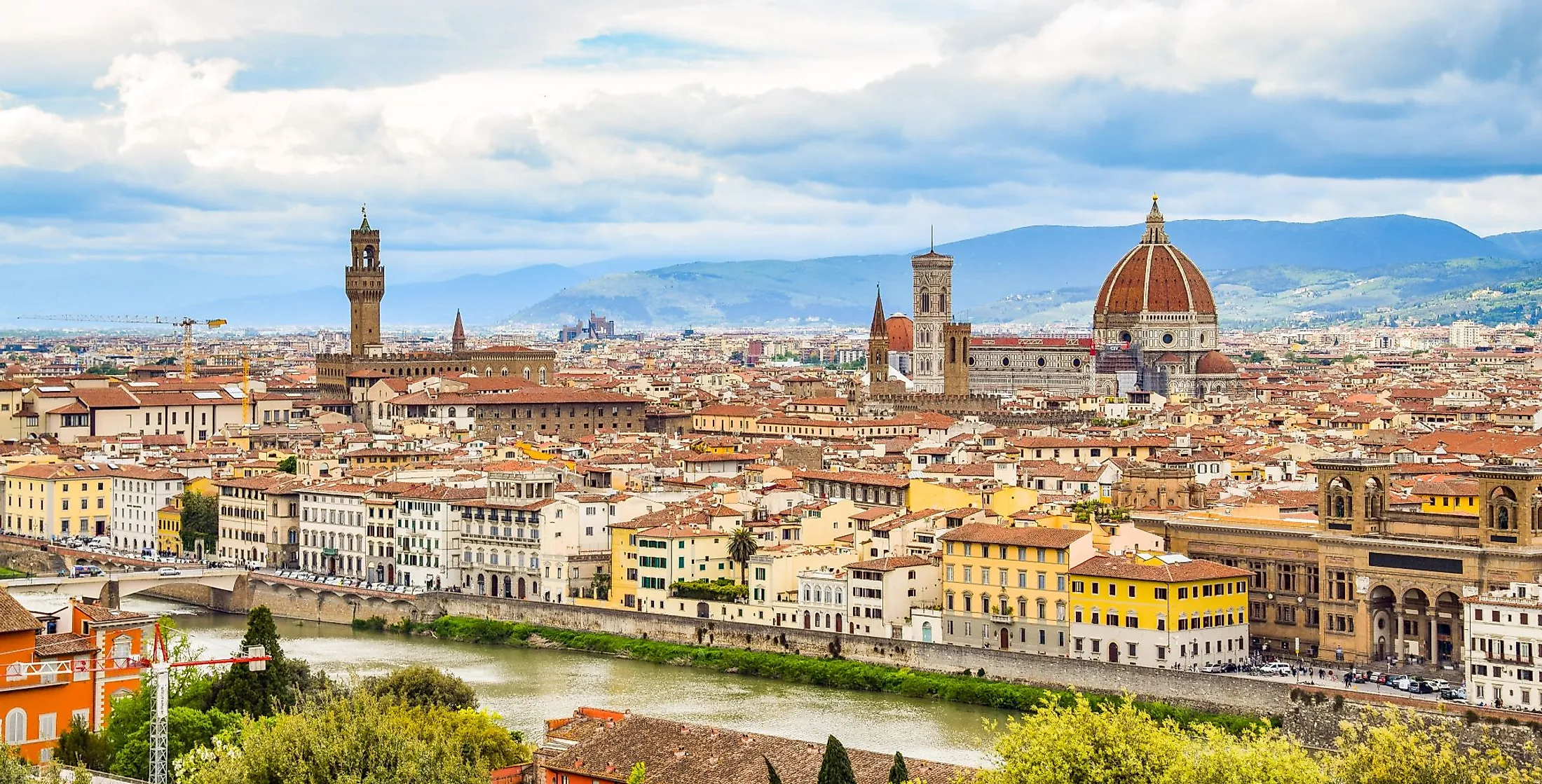
Key Facts About The European Age Of Renaissance
The European Age of Renaissance was a time of significant social and economic change. This period saw the rise of cities, the growth of trade, and the growth of learning. Moreover, the world also witnessed the development of new technologies, such as the printing press and gunpowder. Italy was at the forefront of these changes and became a significant center of culture and learning. Other parts of Europe also experienced similar changes, though on a lesser scale. The Renaissance was a global phenomenon that left a lasting impact on world history.
The Printing Press Was Invented
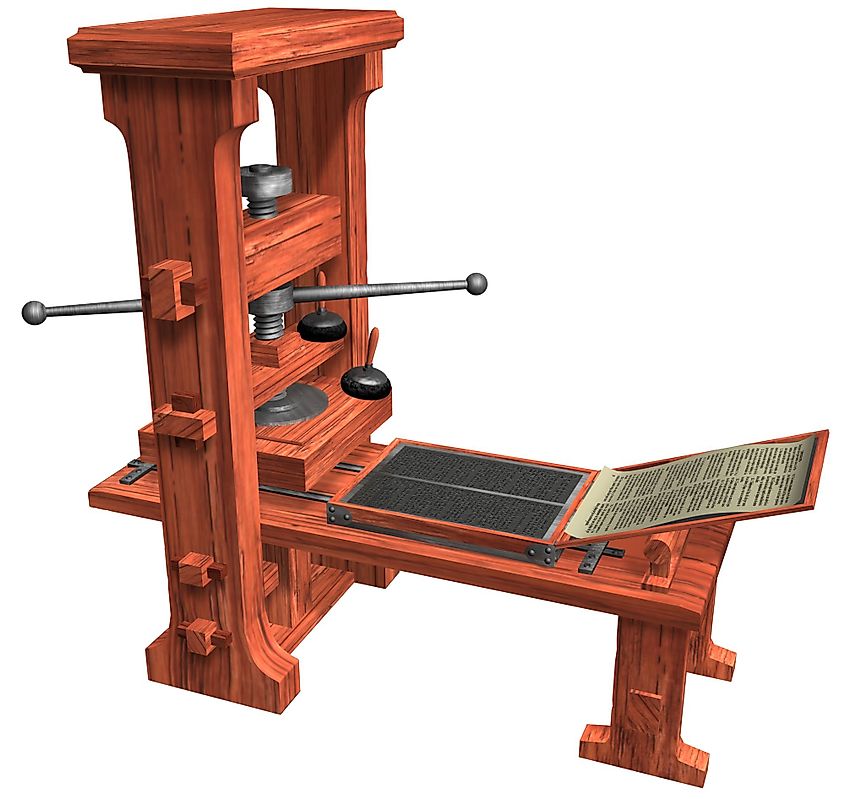
The invention of the printing press during the Renaissance changed the world, bringing a revolutionary increase in literacy and creating immense amounts of knowledge accessible to people. This invention by Johannes Gutenberg allowed for the large-scale production of books, pamphlets, and other materials that spread information around Europe. These new forms of communication resulted in an explosion of knowledge, which most people previously never had access to. Moreover, the development of the printing press increased the availability and accessibility of learning not just within Europe but also throughout the world; it provided a key stepping stone into modernity as scribes' days became replaced by more efficient presses churning out books rapidly. By reshaping literature and culture, Johannes Gutenberg's invention is an essential milestone in human history.
The Telescope Grew In Popularity
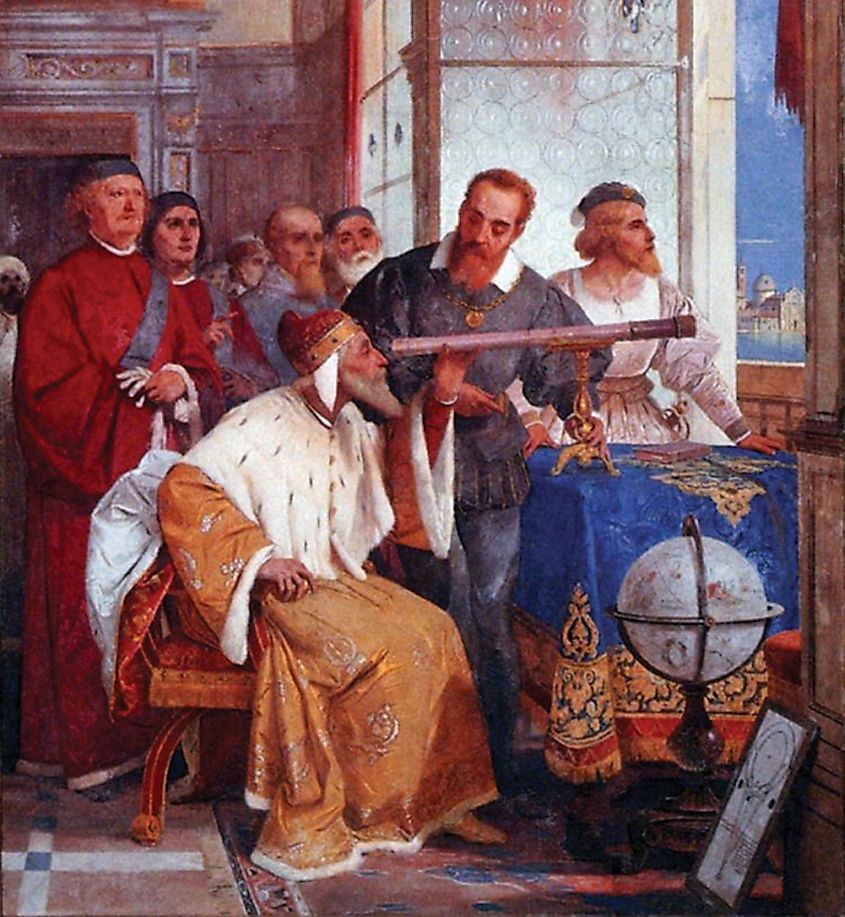
The invention of the telescope during the Renaissance forever changed the study of astronomy. In 1608, Galileo invented the first practical telescope, and his observations of the night sky revealed it to be far more complex and wondrous than had been previously imagined. Galileo's observations led to detailed studies that greatly expanded knowledge about the planets, stars, and other celestial bodies, thus completely revolutionizing scientists' understanding of our cosmos. Today, telescopes are highly sophisticated technological marvels that remain essential tools for modern-day astronomers to explore mysteries still lingering in the night sky.
The Microscope Revolutionized Biology
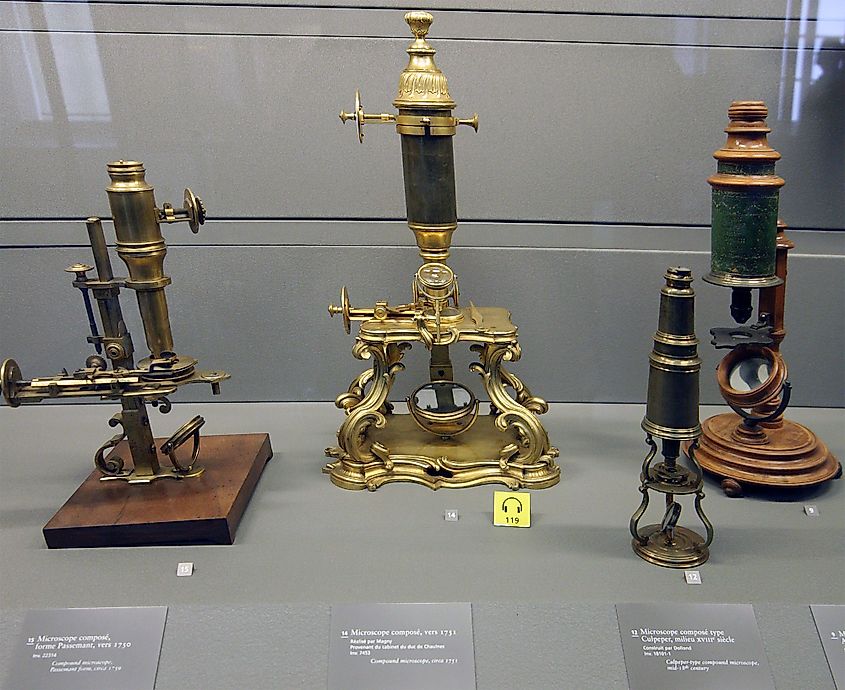
After the creation of spectacles in Italy in the 14th century, inventors continued experimenting with and refining the design. In 1590, Hans and Zacharias Janssen, a father and son from Holland, combined two sets of lenses within a tube to create what is now known as a microscope. This revolutionary invention allowed Anton van Leeuwenhoek, a draper from Delft in Holland, to magnify objects connected with eyepieces up to 270 times their natural size. With this tool, he made world-changing discoveries, such as bacteria, previously thought too small for human perception. Their invention eventually changed our understanding of the natural world forever.
Artists Of The Renaissance Period
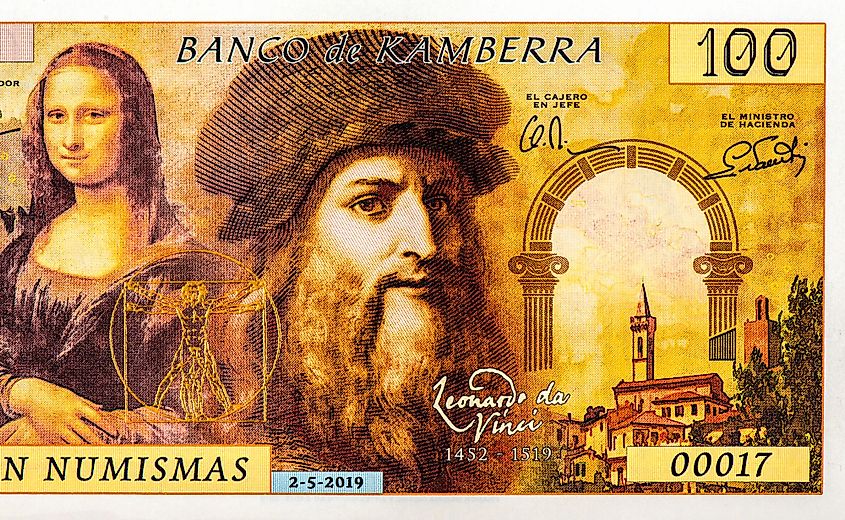
The Renaissance was a pivotal period in the history of the world. Some of the most significant artists that emerged during this time, include Leonardo da Vinci, Michelangelo Buonarroti, Raphael, Hieronymus Bosch, and many more. Each made outstanding contributions that have left a lasting impact on the world. Leonardo da Vinci is most famous for the Mona Lisa, one of the most iconic paintings in the world. But he was also a brilliant scientist and inventor. His notebooks reveal a man constantly exploring and questioning the world around him.
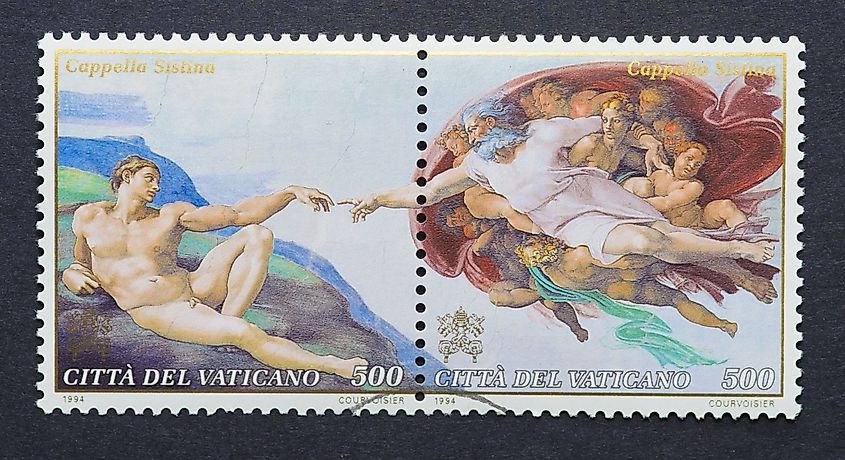
Michelangelo Buonarroti was also one of the greatest artists of the Renaissance. He is best known for his statue of David, but he also painted the Sistine Chapel and worked on many other monumental projects. His art emanates beauty, emotion, and strength.
Explorers Of The Renaissance Period
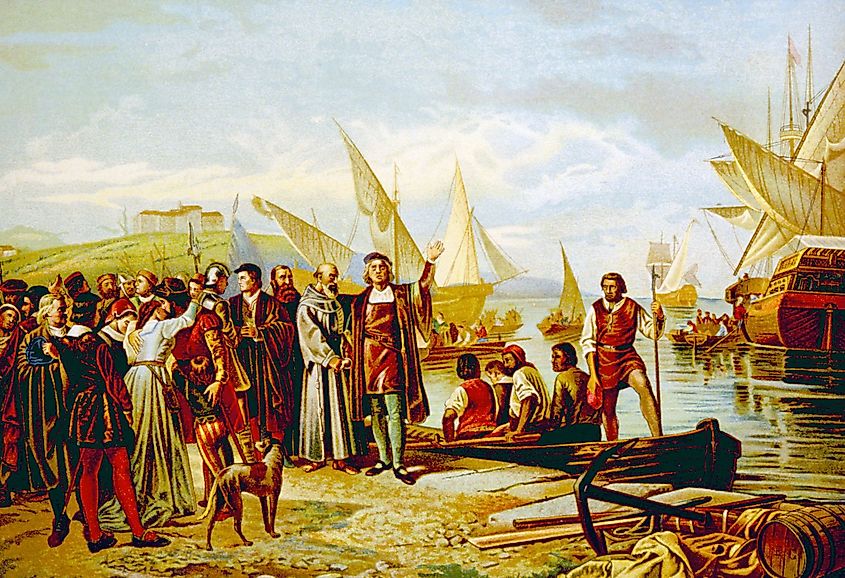
Christopher Columbus was one of the first explorers to discover the New World, although he deserves criticism for his treatment of the Americas’ indigenous population. He set sail across the Atlantic Ocean from Spain in 1492, searching for a shorter route to Asia. But instead, he landed in the Americas, opening up a whole new continent to exploration and colonization. Willem Janszoon, the Dutch navigator, sailed from the East Indies in 1606 and landed in Australia.
Pedagogy Evolved And Education Changed Forever
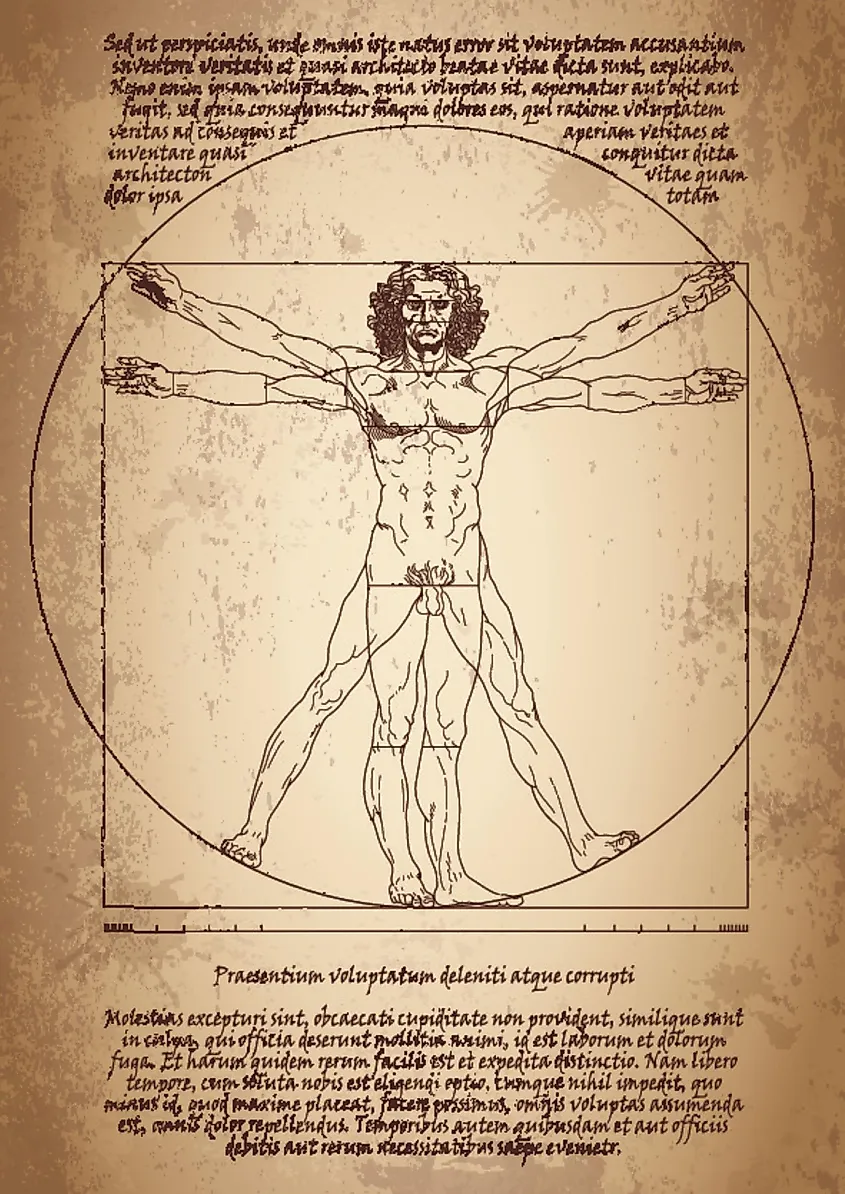
Humanist ideals greatly emphasized the ability to think critically and creatively. This pedagogy led to schools teaching students how to engage in critical thinking during the Renaissance period. The philosophers of the Enlightenment were some of the most influential thinkers of this time, as they argued for reason and secularism. Their ideas significantly impacted education, as they argued that education should focus on developing students' critical thinking skills. Science also began to play a more important role in education during the Renaissance, as scientists made discoveries that challenged previous ways of thinking.
Religious Hegemony Was Questioned
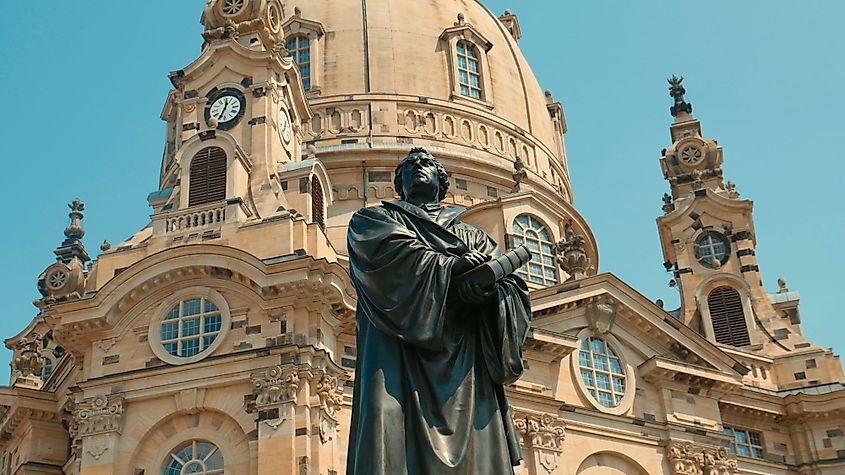
The Renaissance had a significant impact on religion and how it was perceived. First, the corruption of the Catholic Church led people to question traditional religious practices and beliefs, with skepticism growing among much of the population. A prime example is Martin Luther's 95 Theses, which sparked the Protestant Reformation; he argued against corruption in the Church and for reform. In addition, during this period, literacy increased, enabling more people to read texts relevant to their faith and form better-educated opinions about them. Finally, this period contributed to the growth of skepticism amongst clergy from the lower classes. In essence, the Renaissance marked a significant shift in thinking about religious matters due to the corruption of the Catholic Church, Martin Luther's efforts to reform spiritual practices, and increased literacy across Europe.
Ancient Philosophies Guided The Renaissance
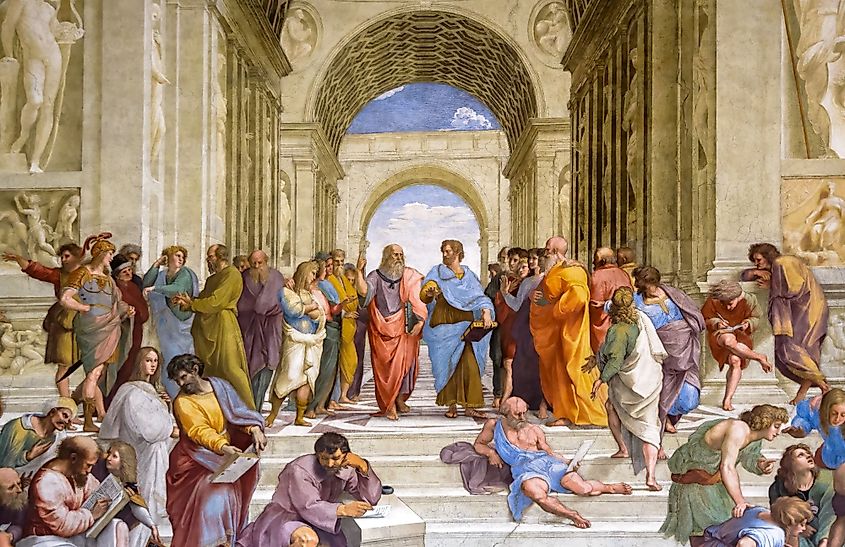
The Renaissance period was a time of incredible innovation and creativity built on the foundation of Classical Philosophies and their renowned philosophers Aristotle, Plato, and Socrates. These Hellenistic philosophies provided the framework for channeling a belief in human potential and autonomy that had been lacking in society before this time; this zeal for discovery and exploration of the humanities came to be known as Humanism. Aristotle's emphasis on rational inquiry shaped the scientific revolution, while Plato's teachings (a continuation of Socrates) of soulful contemplation were central to artistic expression. Through these revolutionary insights from two of history's best-known figures, philosophers exposed the world to a renaissance of new ideas that continue to shape our societies today.
The Medici Family Influenced The Renaissance Era
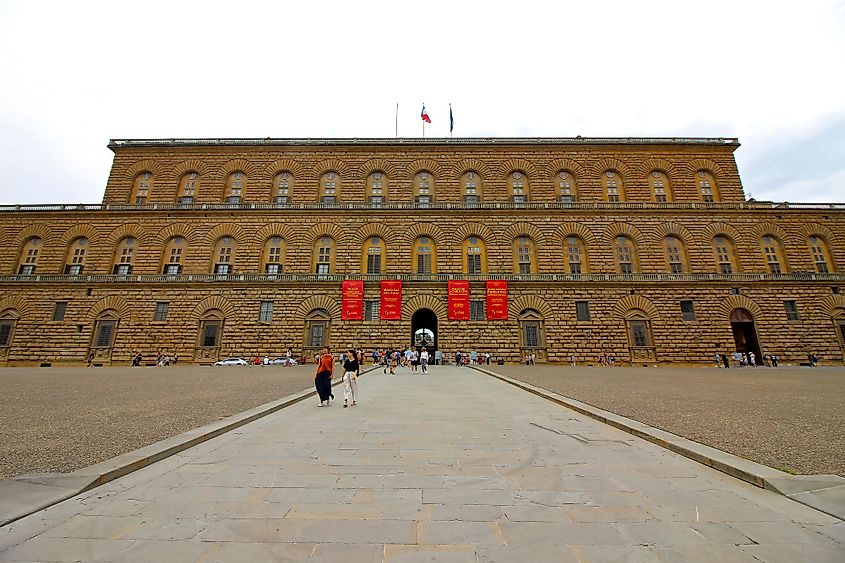
The Medici family were wealthy merchants from the Italian city of Florence and were vastly influential during the Renaissance era. The powerful banking family was well-known for their patronage of the arts, as they commissioned some of Europe's most unique works of art. Moreover, as bankers, their financial strength allowed them to gain enough political power that it enabled members of their lineage to govern Florence for nearly three centuries. The architecture and sculptures found in the Medici Chapel are a testament to how much the Medici Family dedicated itself to its ambition to promote the arts. Because of this unwavering dedication, they were primarily responsible for fostering a time known as the 'Renaissance.'
To summarize, the Renaissance was a time of immense and lasting change in Europe and beyond. It ushered in a new era of Humanism, art and literature, science and exploration, and technological achievements like the telescope, printing press, and microscope. In addition, people during this period began to challenge previously accepted religious beliefs and practices. Education also improved significantly during the Renaissance thanks to new educational methods focused on teaching students rather than memorizing facts. Modern society can still feel the effects of this fantastic period today. From embracing our humanity to celebrating our diversity and developing world-changing technologies, the Renaissance is undoubtedly one of the most influential periods of human history. Its profound legacy will live on forever.











